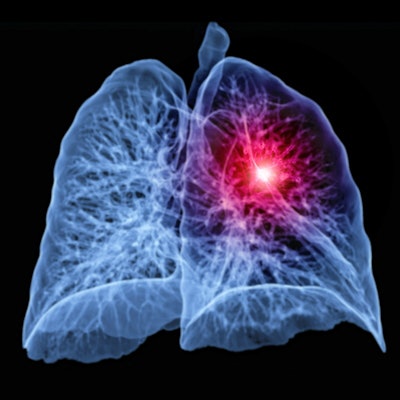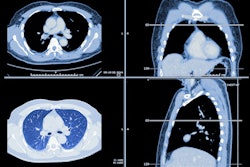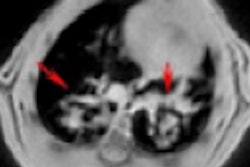
During the COVID-19 pandemic surge in the spring, lung cancer screening rates dropped by almost 75%, while rates of patients with lung cancer malignancies increased by more than 200% compared to before COVID-19 restrictions went into place, according to a December 15 study in the Journal of the American College of Surgeons.
The findings are a disturbing reminder of the need to offer safe medical care to patients with other illnesses during a time of global pandemic, lead author Dr. Robert Van Haren of the University of Cincinnati College of Medicine said in a statement released by the American College of Surgeons.
The COVID-19 crisis has made it challenging for healthcare providers to continue to offer timely care for patients with other diseases -- such as cancer or heart disease -- who may have poorer outcomes if their preventive/screening care lapses, Van Haren and colleagues noted. For the study, the investigators compared monthly CT lung cancer screening visits during three months in which COVID-19 restrictions were in place -- March 13 to June 1 -- with monthly visits during the three years prior.
They found that 800 lung cancer screening scans were canceled during the COVID-19 time period; total volume of patients and the number of new patients scanned decreased as well. The group also found that, before the pandemic, the university hospital averaged 146 LDCT tests per month, whereas during the time of COVID-19 restrictions, that monthly average fell to 39 -- a drop of 73%.
Also, the average number of new patients seen at the facility fell from 56 per month pre-COVID-19 to 15 per month, and the no-show rate for lung cancer screening appointments went from 15% before COVID-19 restrictions were put in place to 40% during the study time frame.
Finally, rates of malignancy went up, from 8% in the pre-COVID-19 period to 29% when the university's lung cancer screening operations fully resumed in June of this year -- an increase of 262%.
The decrease in screening and the higher malignancy rates likely points to patients' concerns about coming into the hospital during the pandemic, Van Haren said. The hospital tried to address these concerns by shifting CT lung cancer screening from the hospital to an outpatient center, maintaining social distancing in waiting rooms and scanning areas, and scheduling appointments further apart to allow for thorough cleaning.
But the study findings emphasize that providers must continue to ensure that imaging is offered safely during the COVID-19 crisis, especially since another surge is hitting the U.S., according to Van Haren.
"We have to make sure as healthcare providers that we're taking care of patients who have COVID-19 and along with the rest of the population who don't have COVID-19, and that those two patient populations can safely co-exist and receive treatment," he said.





















